Whether your laser beam is too small or too large, you need to add some optics (an expander or reducer). But there are two fundamentally different types: reimaging and Galilean telescope optics.
Which one is right? Depends on your application.
But before I explain when to use each type, let’s take a look inside these accessories to see what their physical differences are.
Reimaging and Telescoping Optics
Diagram of laser reducing optics: telescoping and reimaging. (Vertical lines represent lenses.)Reimaging optics have a single lens which takes a “picture” of the object – in our case, the laser beam profile – and creates an image of it a precise location. This image is magnified or reduced in size, depending on the type of reimager.
Galilean telescopes, on the other hand, have two lenses. The first lens takes a collimated beam and starts to focus it (for a reducer), while the second lens recollimated it before it’s completely focused. This effectively creates a smaller version of the original laser beam.
There are two main differences between these approaches.
1) Whether it matters where the CCD camera is positioned, relative to the expander or reducer
2) Whether the laser can be divergent (or if it must be collimated)
Position, Distance, and M-Squared
A regular reimaging optic projects the profile (but larger or smaller) at a precise location along the z-axis (direction of laser propagation). If your camera is not at the right spot, you will be measuring a different size beam than expected. So, if your intention was to measure beam width very accurately, you can give up right now, unless…
You take care when preparing the optical setup for a reimaging camera and follow the manual’s instructions for placement of spacers and ND filters. Also, check which mount types are compatible.
A telescope, on the other hand, has none of these restrictions, as the output is recollimated. This means that if you need a reducer for measuring M², you must use a telescope since M² can only be calculated from multiple beam widths at different positions.
Divergent or Collimated?
A Galilean telescope can only be used for collimated lasers. As you can see in the image below, the more you reduce the laser, the more divergent it will become. In other words, if the output of the beam reducer is three times smaller, it will be also be three times more divergent. Even if you’re using the telescope as a beam expander, it will still not work perfectly unless the laser is collimated.
Telescope laser beam expander/reducer (BR-3X). Dashed lines portray a perfectly collimated beam.
If your laser isn’t already collimated, the distance between the lenses (“S”) can be adjusted to collimate your laser.
A reimaging objective has no such restriction. It works fine with divergent beams. In fact, it may even work better with divergent beams as parallel beams can sometimes cause unwanted interference effects.
Let’s sum it up
Use this table to remember which type of expander or reducer to use:
| Reimaging (most models) | Galilean (BR-3/10X) | |
| M-Squared measurement | No | Yes |
| Beam type | Any | Only collimated |
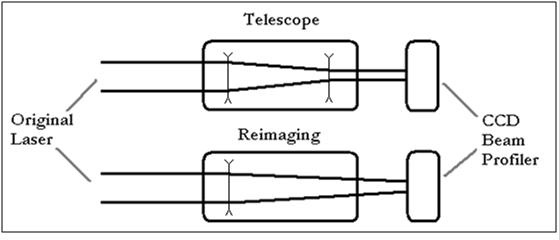
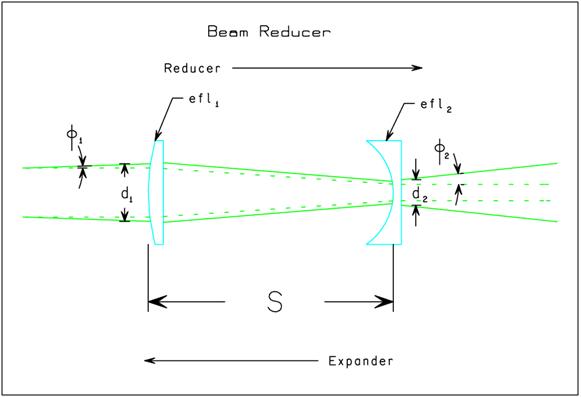

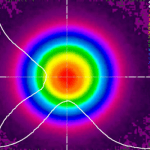






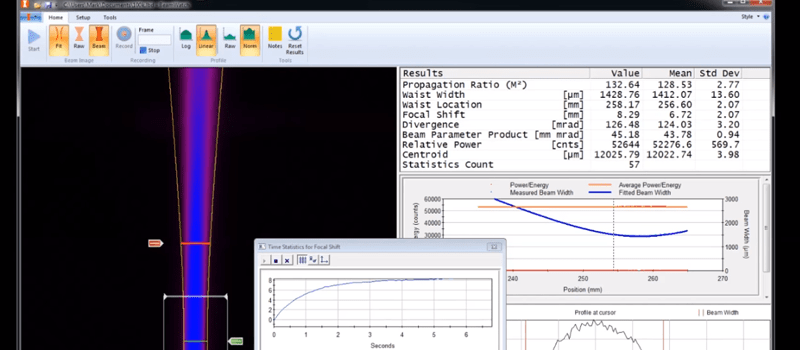
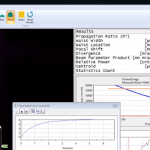
Leave a Reply
Your email address will not be published. Required fields are marked *